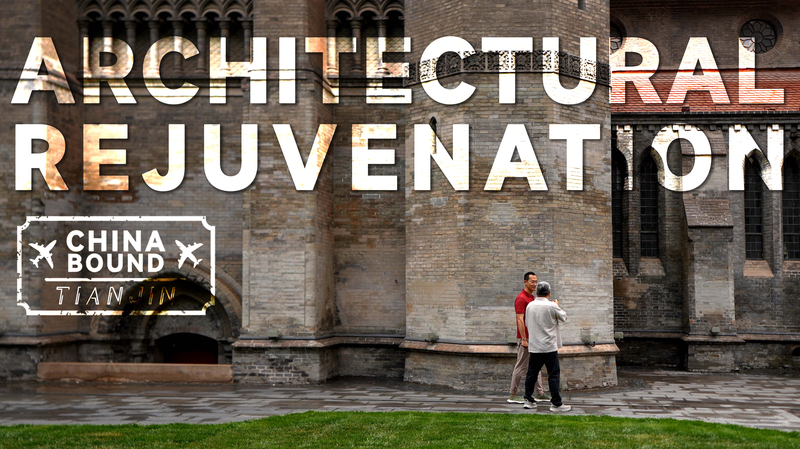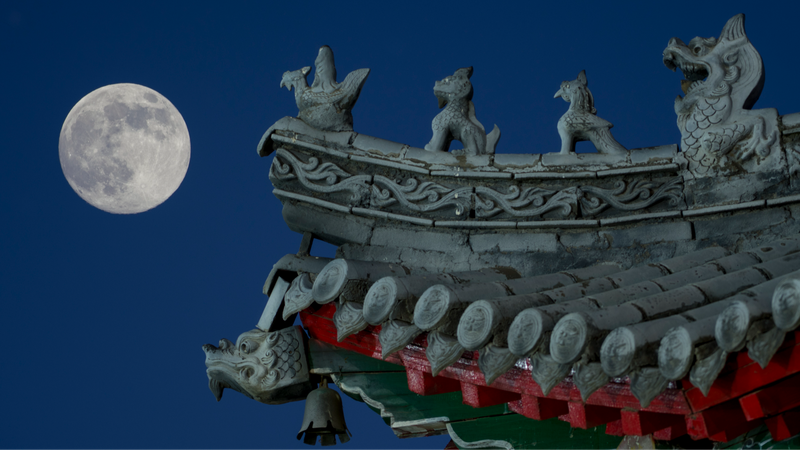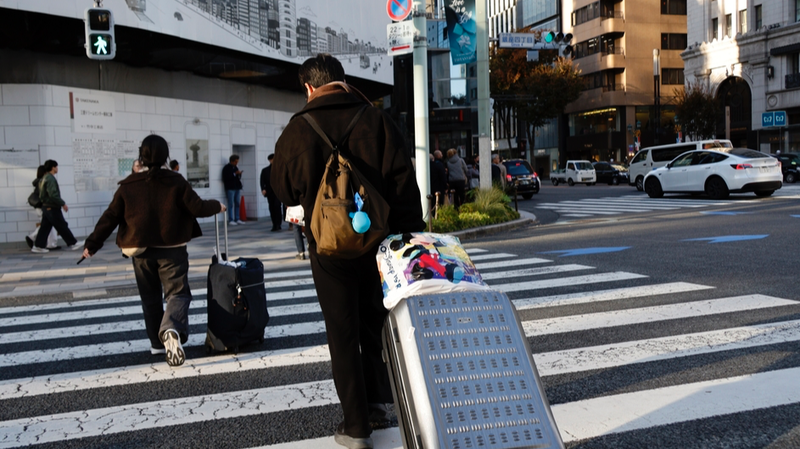Walking through the European-style district of Tianjin, you might stumble upon a swanky cafe tucked inside what was once a grand bank. Just a few blocks away, a century-old church has been reborn as a vibrant concert hall. These reinventions are part of a larger renaissance sweeping the coastal city on the Chinese mainland.
Since 2010, local authorities and private developers have teamed up to transform more than 20 historic sites. Foot traffic in these areas has jumped by 30 percent, according to city planners, as visitors flock to experience the blend of old and new. For business and tech enthusiasts, these venues offer pop-up events, startup showcases and digital art installations that harness immersive technologies.
Design teams focus on preserving key architectural features — vaulted ceilings, ornate facades and original vault doors — while upgrading infrastructure for sustainability. Solar glazing, smart lighting and energy efficient heating systems help cut carbon footprints. At the former bank cafe, guests swipe a digital pass for access and create custom latte art using an app, merging heritage with innovation.
For the global citizen on the move, these adaptive reuse projects offer more than a photo op. Digital nomads find co-working spots in historic chambers, students host hackathons among marble pillars, and culture seekers enjoy live performances under stained glass arches. These spaces foster cross cultural exchange and spark fresh ideas on preserving legacy while meeting modern needs.
As cities around the world grapple with rapid urban growth, Tianjin's heritage revival offers a blueprint. By marrying data-driven planning with creative design, the city shows how adaptive reuse can fuel economic growth, boost sustainability and keep history alive—without sacrificing its soul.
Reference(s):
cgtn.com




